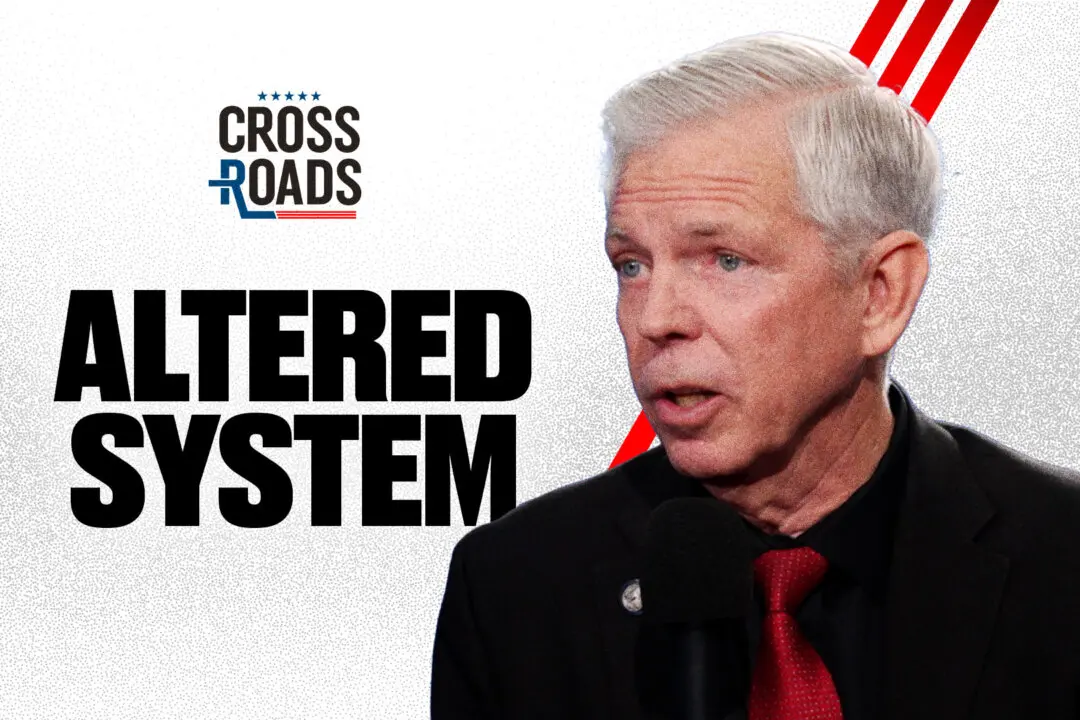Over the past week, nearly all legacy news outlets have published articles criticizing the growing movement around a mysterious figure or group known as “Q,” which since October 2017 has been publishing alleged leaks on behind-the-scenes actions taken by the Trump administration to uproot alleged global corruption.
The general angle on Q from most news outlets is the same—that it’s a conspiracy theory—and The Washington Post even went so far as to call it a “deranged conspiracy cult.”





